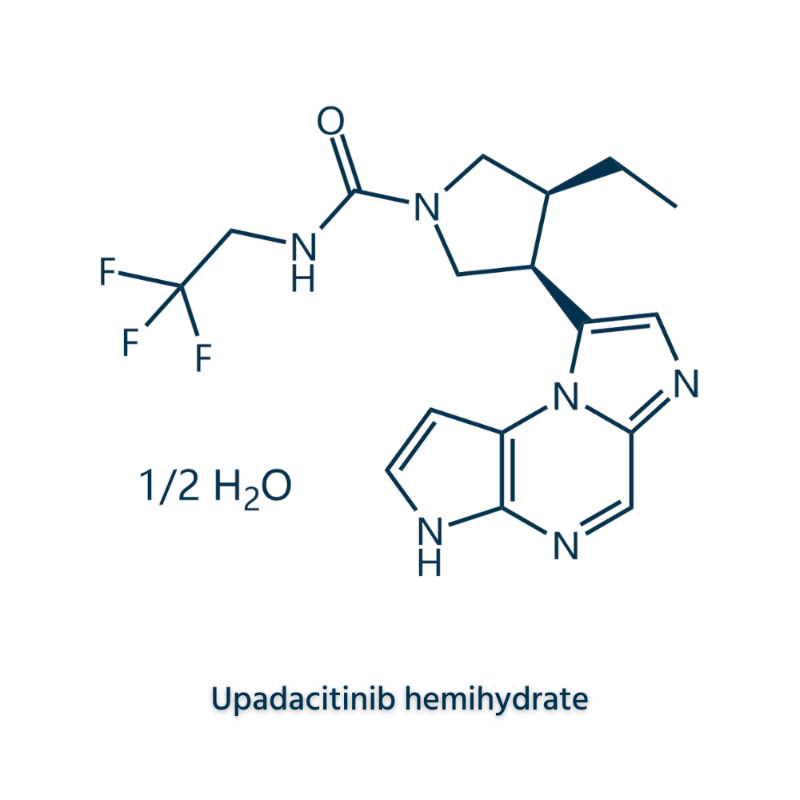-
Categories
-
Pharmaceutical Intermediates
-
Active Pharmaceutical Ingredients
-
Food Additives
- Industrial Coatings
- Agrochemicals
- Dyes and Pigments
- Surfactant
- Flavors and Fragrances
- Chemical Reagents
- Catalyst and Auxiliary
- Natural Products
- Inorganic Chemistry
-
Organic Chemistry
-
Biochemical Engineering
- Analytical Chemistry
-
Cosmetic Ingredient
- Water Treatment Chemical
-
Pharmaceutical Intermediates
Promotion
ECHEMI Mall
Wholesale
Weekly Price
Exhibition
News
-
Trade Service
Gadoxetate disodium is a hepatocyte-specific contrast agent that exhibits selective hepatocyte uptake and peaks approximately 20 minutes after injection (hepatobiliary phase )
.
Hepatobiliary phase images improve the detection rate of primary and secondary liver tumors by enhancing the contrast difference between diseased and healthy liver tissue
Gadoxetate disodium is a hepatocyte-specific contrast agent that exhibits selective hepatocyte uptake and peaks approximately 20 minutes after injection (hepatobiliary phase )
Whether liver enhancement is still present on gadoxetate disodium -enhanced MRI in a multi-vendor cohort of patients with hepatocellular carcinoma collected in a prospective randomized controlled trial , published in the journal European Radiology The correlation between liver function and liver function provides a reference for further data aggregation and evaluation .
In a prospective multicenter phase II trial (SORAMIC), the present study evaluated images of 359 patients undergoing standardized gadoxetate disodium -enhanced MRI scans using different scanners .
Using univariate and multivariate analyses, liver enhancement on the hepatobiliary phase was analyzed in relation to biochemical laboratory parameters, clinical outcomes related to liver function, liver function grading systems (Child-Pugh and albumin-bilirubin [ALBI]), and scans correlation between instrument features .
Significant positive correlations were found between LSR and albumin (rho = 0.
193; p < 0.
001) , platelet count (rho = 0.
148; p = 0.
004), and sodium (rho = 0.
161; p = 0.
Significant positive correlations were found between LSR and albumin (rho = 0.
193; p < 0.
001) , platelet count (rho = 0.
148; p = 0.
Correlation between LSR and biochemical parameters .
Scatter plot of linear regression lines showing the relationship of LSR with statistically significant variables: (a) albumin (rho = 0.
193, p < 0.
001), (b) total bilirubin (rho = -0.
Correlation between LSR and biochemical parameters .
Scatter plot of linear regression lines showing the relationship of LSR with statistically significant variables: (a) albumin (rho = 0.
193, p < 0.
001), (b) total bilirubin (rho = -0.
The present study demonstrates that enhancement on the hepatobiliary phase of gadoxetate disodium -enhanced MRI in HCC patients correlates with liver function , regardless of underlying cirrhosis, across several centers and field strengths .
This emphasizes the importance of gadoxetate disodium -enhanced MRI as an imaging marker of liver function in the treatment decision-making process, and provides data support for the consistent assessment of patients' liver function and the wider application of liver-specific contrast agents .
Original source:
Original source:Osman Öcal,Bora Peynircioglu,Christian Loewe.
Correlation of liver enhancement in gadoxetic acid-enhanced MRI with liver functions: a multicenter-multivendor analysis of hepatocellular carcinoma patients from SORAMIC trial.
DOI:10.
1007/s00330-021-08218-9Osman Öcal,Bora Peynircioglu,Christian Loewe.
Correlation of liver enhancement in gadoxetic acid-enhanced MRI with liver functions: a multicenter-multivendor analysis of hepatocellular carcinoma patients from SORAMIC trial.
DOI:10.
1007/s00330-021-08218-9 Leave a comment here







